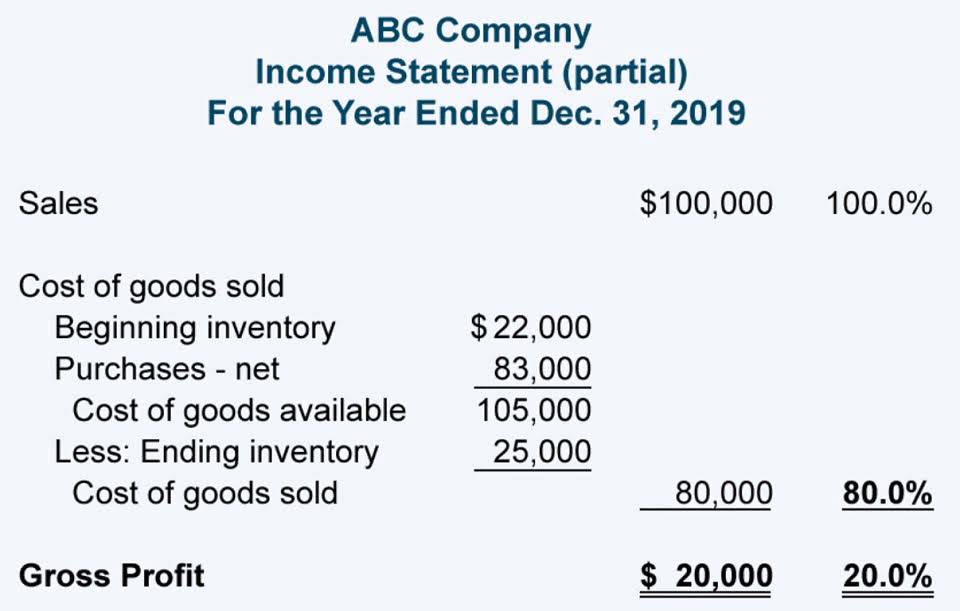What is a Liability Account? Definition, Types, and Examples

Adam received his master’s in economics from The New School for Social Research and his Ph.D. from the University of Wisconsin-Madison in sociology. He is a CFA charterholder as well as holding FINRA Series 7, 55 & 63 licenses. He currently researches and teaches economic sociology and the social studies of finance at the Hebrew University in Jerusalem. If you want to get paid faster, you need to understand accounts receivable. Shaun Conrad is a Certified Public Accountant and CPA exam expert with a passion for teaching. After almost a decade of experience in public accounting, he created MyAccountingCourse.com to help people learn accounting & finance, pass the CPA exam, and start their career.
Liabilities in the accounting equation
Current liabilities are typically more immediate concerns for a company, as they are short-term financial obligations that require quick action. Long-term liabilities, on the other hand, can be seen as future expenses and are often addressed through structured repayment plans or long-term financing strategies. As liabilities increase, they may affect a company’s financial health and stability. High levels of debt can lead to increased interest expenses, impacting profitability and potentially leading to insolvency. It is essential for businesses to effectively manage their liabilities and maintain a healthy balance between debt and equity.

Types of Liability Accounts – Examples
Once the utilities are used, the company owes the utility company. Taxes Payable refers to the taxes owed by a company to various tax authorities, such as federal, state, and local governments. These taxes are typically reported on the company’s income statement and recognized as a liability on the balance sheet. The balances in liability accounts are nearly always credit balances and will be reported on the balance sheet as either current liabilities or noncurrent (or long-term) liabilities.
- Current liabilities are expected to be paid back within one year, and long-term liabilities are expected to be paid back in over one year.
- Assets are what a company owns or something that’s owed to the company.
- Though not used very often, there is a third category of liabilities that may be added to your balance sheet.
- The term can refer to any money or service owed to another party.
- The concept of an accrued liability relates to timing and the matching principle.
Current (Near-Term) Liabilities
Liabilities are carried at cost, not market value, like most assets. They can be listed in order of preference under generally accepted accounting principle (GAAP) rules as long as they’re categorized. The AT&T example has a relatively high debt level under current liabilities. Other line items like accounts payable (AP) and various future liabilities like payroll taxes will be higher current debt obligations for smaller companies.

What is the rule of liabilities in accounting?
Liabilities must be reported according to the accepted accounting principles. The most common accounting standards are the International Financial Reporting Standards (IFRS). However, many countries also follow their own reporting standards, such as the GAAP in the U.S. or the Russian Accounting Principles (RAP) in Russia.
Accounts Payable – Many companies purchase inventory on credit from vendors or supplies. When the supplier delivers the inventory, the company usually has 30 days to pay for it. This obligation to pay is referred to as payments on account or accounts payable. Although they aren’t distributed until January, there is still one full week of expenses for December.
Definition of Liability Account
In contrast, long-term liabilities could be paid after one year and require low liquidity. A contingent liability is an obligation that might have to be paid in the future but there are still unresolved matters that make it only a possibility, not a certainty. Lawsuits and the threat of lawsuits are the most common contingent liabilities but unused gift cards, product warranties, and recalls also fit into this category. Let’s look at a historical example using AT&T’s (T) 2020 balance sheet. The current/short-term liabilities are separated from long-term/non-current liabilities. A liability is generally an obligation between one party and another that’s not yet completed or paid.
Types of Liabilities
Deferred tax liability refers to any taxes that need to be paid by your business, but are not due within the next 12 months. If you know that you’ll be paying the tax within 12 months, it should be recorded as a current liability. Any mortgage payable is recorded as a long-term liability, though the principal and interest due within the year is considered a current liability and is recorded as such. When using accrual accounting, you’ll likely run into times when you need to record accrued expenses. Accrued expenses are expenses that you’ve already incurred and need to account for in the current month, though they won’t be paid until the following month.
- Paying off these expenses during the specified time helps companies avoid default.
- Examples include invoices from suppliers, utility bills, and short-term debts.
- Long-term debt is also known as bonds payable and it’s usually the largest liability and at the top of the list.
- Liabilities can take various forms, like loans, mortgages, or accounts payable, and play a significant role in determining a company’s financial health and risk.
- The amount of taxes a company owes might fluctuate based on its profitability and tax planning strategies.
- Non-current liabilities are due in more than one year and most often include debt repayments and deferred payments.

For example, a mortgage payable impacts both the financing and investing sections of the cash flow statement. As the company makes payments on the mortgage, the principal portion of the payment reduces the mortgage payable, while the interest portion is accounted for as an interest expense. Proper understanding and management of liabilities in accounting are essential for a company’s financial stability and growth. By keeping track of these obligations and ensuring they are met in a timely manner, a company can successfully avoid financial crises and maintain a healthy financial position. Just as your debt ratios are important to lenders and investors looking at your company, your assets and liabilities will also be closely examined if you are intending to sell your company.

Yarilet Perez is an experienced multimedia journalist and fact-checker with a Master of Science in Journalism. She has worked in multiple cities covering breaking news, politics, what account type is considered a liability? education, and more. Her expertise is in personal finance and investing, and real estate. The day you hire your first employee, you become responsible for payroll tax.
